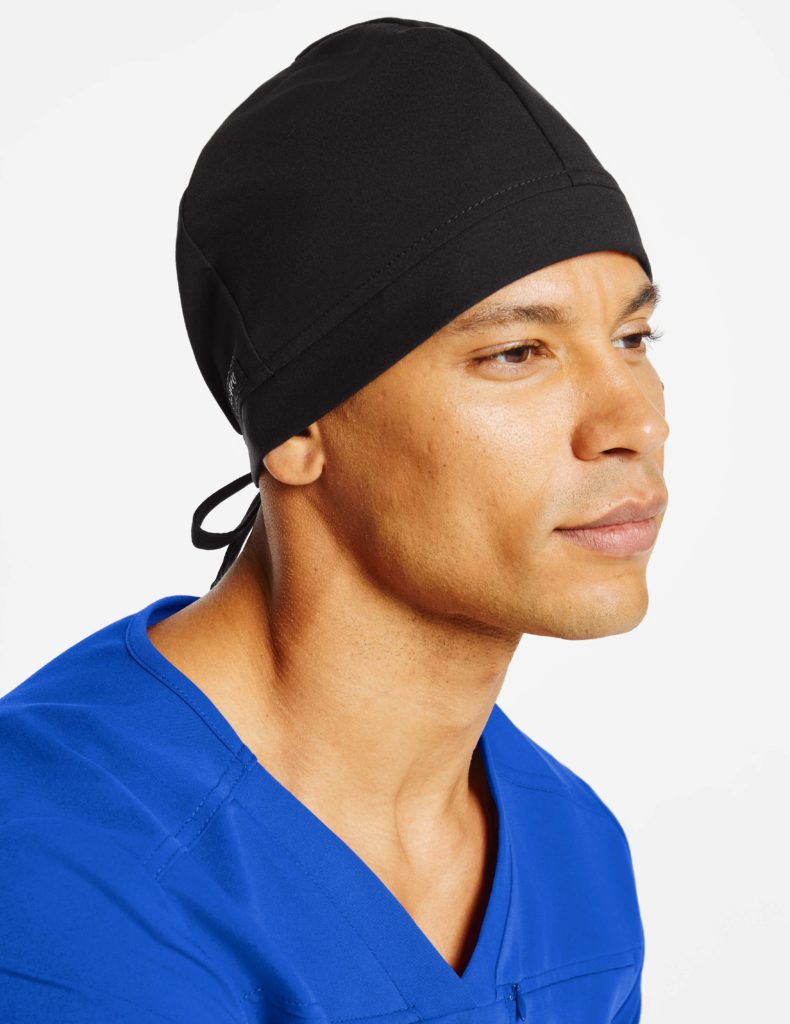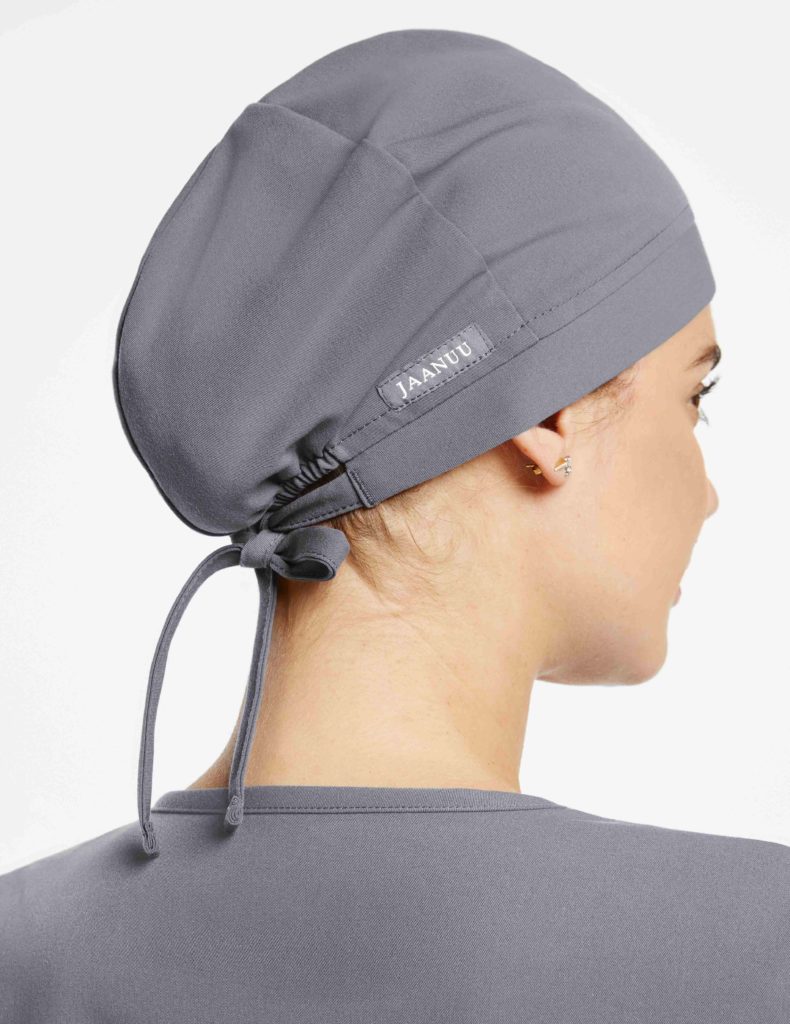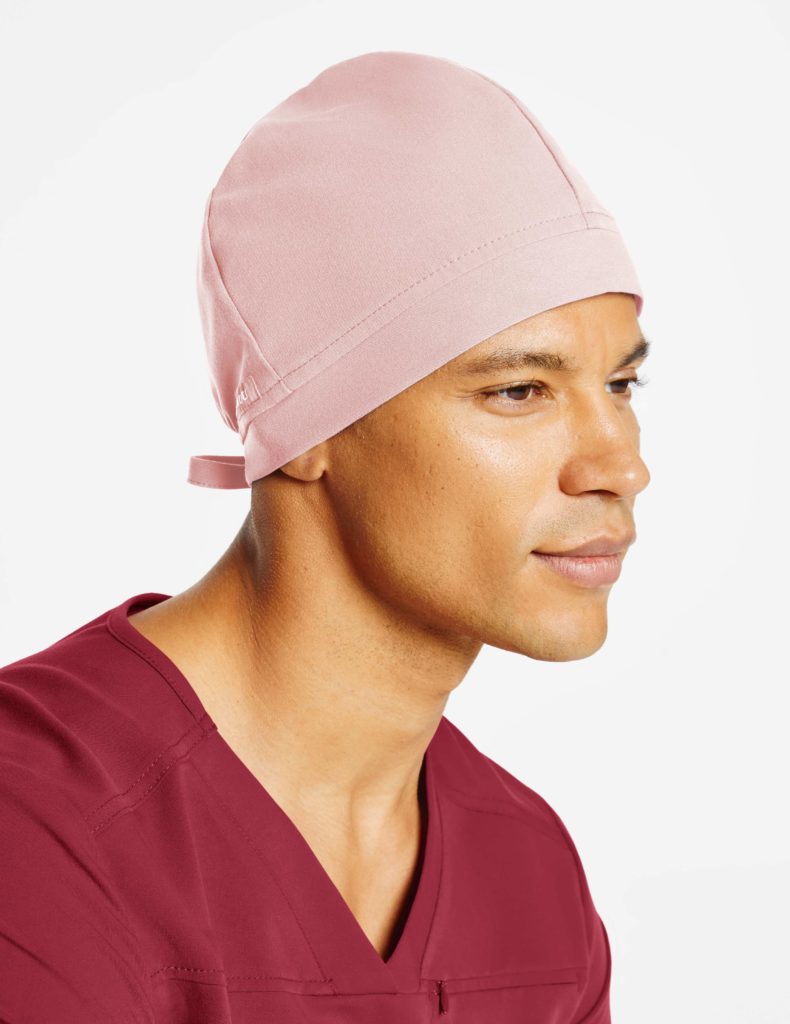
Do You Know Why Nurses Wear Scrub Caps?
In a sterile environment like a hospital, a “long hair, don’t care” attitude simply won’t fly—enter: the scrub cap.
These hair covers for nurses and physicians keep tresses tidy, protected, and germ-free. They’re an important part of any scrub ensemble, along with your face masks and comfortable shoes. So, before you put one on again, check out this surgical cap appreciation post to learn why they are so essential.
Below, you’ll find out why headcovers for nurses and other medical professionals are so important, the different kinds of caps, and the fascinating evolution of this niche clothing item.

Why do nurses wear scrub caps?
We could make the joke that nurses wear scrub caps because they’re so fashionable, but we doubt you’ll believe us. So we’ll just stick to the facts: Nurse hair covers are often part of a hospital uniform because they fulfill the following purposes:
- Patient protection: Since everyone’s hair and scalp contain germs, wearing a nurse’s hair cap prevents passing germs to patients. Using a scrub cap is even more critical in a sterile environment like an operating room.
- Your protection: Scrub caps are a two-way street; they also protect you from picking up patients’ germs.
- Visibility & comfort: Scrub caps keep long hair or bangs out of one’s face. You can’t work well with hair in your eyes, and it’s no fun to have sweaty bangs stuck to your forehead, either.
What kind of scrub caps are there?
Who says scrub caps aren’t fashionable? There are even different styles from which to choose. We’ll admit that choosing a scrub cap isn’t as enjoyable as trying out a new pair of jeans, but having fun while jazzing up your work looks can’t hurt. Here are some “hospital chic” scrub-cap varieties:
- Ponytail caps: These scrub caps have a hole in the back through which you can thread your ponytail. If you have long hair and your workplace doesn’t require you to cover it all with a cap, these are a great option.
- Pixie caps: These caps fit tight, so you won’t have much luck stuffing long hair into them. As the name implies, the pixie cap’s design is for wearing over short crops.
- Bouffant caps: You may get confused for a chef (or someone just coming out of the shower) in this surgical hat. We’re sure that you can imagine this style fully after that description. These caps are great for people with voluminous hair.
- Disposable surgical caps: If you work in a particularly hazardous area, you may need to use disposable caps with other PPE, so don’t get attached. Fabric caps aren’t the best option for professionals working in high-contagion zones, as washing reusable hats may not remove all germs.
- Nurse headband: If you don’t need a sterile hair solution like a scrub cab for your work but want to keep your locks out of your face, a headband might just be the fashion accessory you’re looking for.

How has the scrub cap evolved?
The scrub cap has come a long way. What started as a modest clothing article now comes in a funky range of colors and cool-wicking fabrics and styles.
Monks and nuns who worked in healthcare facilities wore the first scrub caps. This accessory was for modesty, as showing off one’s locks was considered shameful.
And like many inexplicable fashion phenomena, the scrub cap became part of a specific “medical” look over time for no apparent reason—like how we pair belts with pants that don’t need holding up.
Later, physicians and nurses would come to appreciate the functionality of this item. After all, it works to keep hair in place, maintain sterile working conditions and keep germs from being passed back and forth between patients and medical professionals.

Tips for wearing your scrub cap right
Scrub caps aren’t one-size-fits-all (or one-style-fits-all). So here are some pro tips on getting the right cap for you and wearing it in a way that won’t destroy your ‘do.
- Don’t put a cap on wet hair: If you put on your scrub cap while your hair is wet, you’re likely to end up with crimped locks by the end of your shift.
- Give your hair a break: Take your scrub hat off during breaks, comb out your roots and apply more styling products if needed. If your hair gets greasy, massage some dry shampoo into your scalp.
- Get the right hat for your hair: A tight-fitting cap won’t give you any trouble if you have a pixie cut or shaved head. But if you have more voluminous hair, consider the bouffant style or tie your locks up in a hat-friendly hairstyle like a ponytail or braids. If your hair gets damaged easily, you may want to consider a silk cap or a satin scarf layer under your scrub hat.
- Consider materials: 21st-century scrub caps come in various fabrics that protect your hair (like the silk and satin we mentioned above) while wicking away sweat. Depending on your role at the hospital, you may be wearing this cap all day, so get something that feels good, is breathable, meets the needs of your role, and complements your look.
We know a thing or two about scrub caps because we make great ones (if we do say so ourselves) in 10 different colors. Count on us for fashionable accessories and scrubs—we’ve got your entire workday look covered.